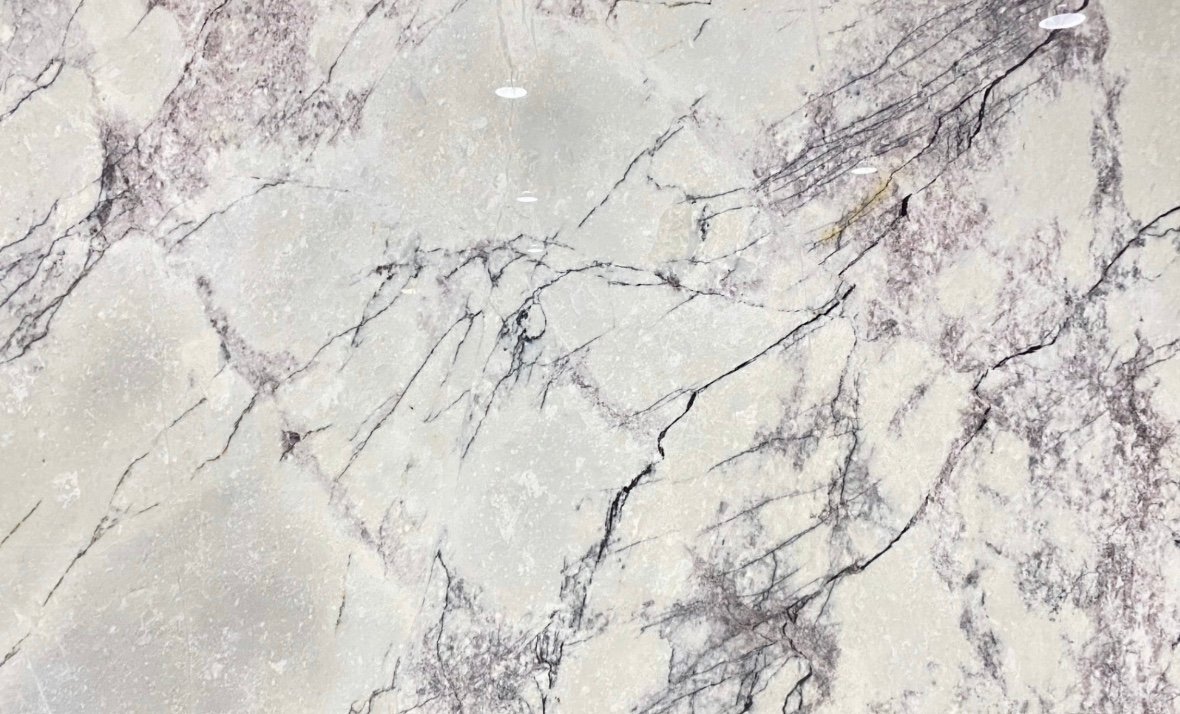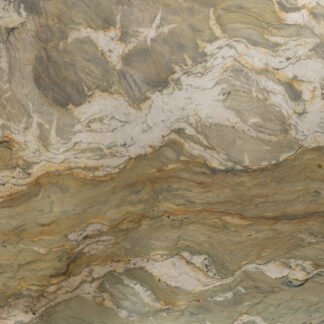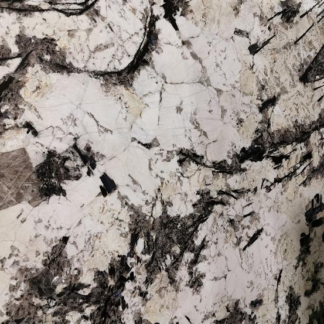Description
Material Introduction:
Quartzite is a naturally occurring metamorphic rock formed from sandstone that has undergone intense heat and pressure over millions of years. The primary component of quartzite is quartz (SiO2), which makes it incredibly durable and resistant to abrasion. Quartzite often forms in environments where large deposits of sand accumulate, and through geological processes, these sandstones are compressed and recrystallized, turning into quartzite.
Quartzite has a fine to medium-grained texture and tends to feel rougher than marble due to its high quartz content. It’s an exceptionally hard stone, making it an ideal material for areas that need extra strength. Unlike marble, quartzite’s veins are typically less pronounced, offering a cleaner, more uniform appearance. However, some quartzites can display subtle veining or coloration due to the presence of iron oxides or other mineral impurities.
Advantages:
- Extremely durable and resistant to wear
- Resistant to high temperatures
- Low maintenance with natural beauty
- Ideal for heavy-use areas
Applications:
- Countertops and Backsplashes: Known for its strength and durability, quartzite is widely used in kitchen and bathroom countertops and backsplashes. It withstands high temperatures and heavy use.
- Flooring: Quartzite’s durability makes it an excellent choice for both residential and commercial flooring, offering a natural stone look.
- Bathroom Surfaces: Its resistance to moisture and scratching makes quartzite ideal for bathroom surfaces, including shower walls and vanity tops.
- Outdoor Applications: Quartzite is highly weather-resistant, making it suitable for outdoor projects like patios, pool surrounds, and garden paths.






Reviews
There are no reviews yet.